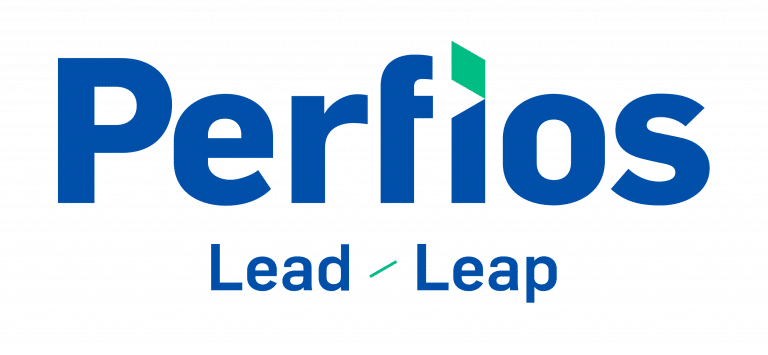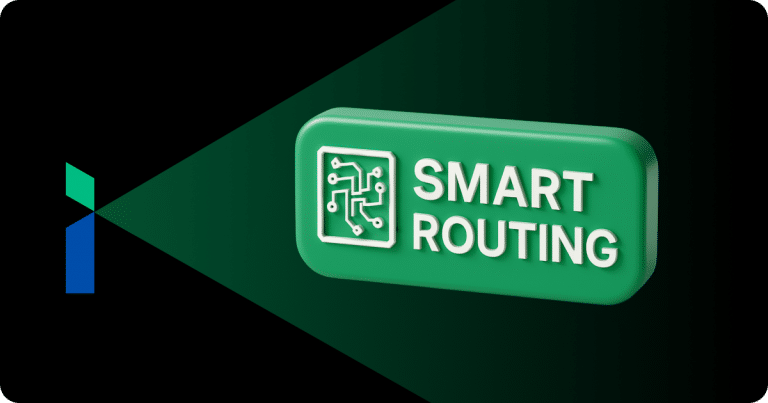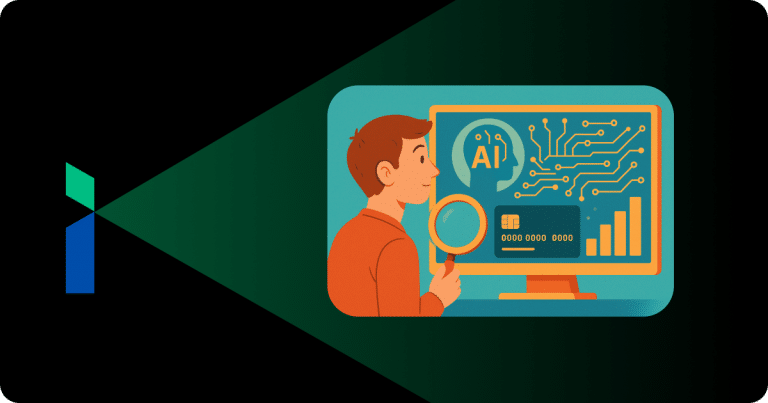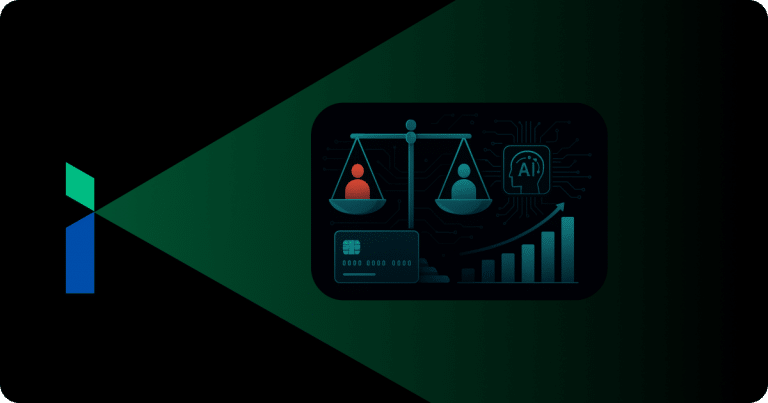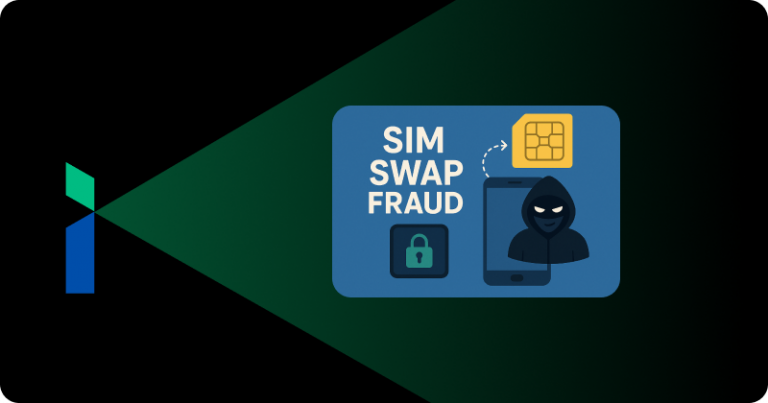Why Passive Liveness
Face spoofing is the main security concern with facial recognition systems. Cybercriminals try to gain illegitimate access to another’s rights by using videos, photos, or other materials for the authorized individual’s face through face spoofing.
Cybercriminals could use an online photo or video of your face, for example, to fool, or ‘spoof’ a facial recognition system that your bank uses to identify you when you log in. Face spoofing attacks are typically called presentation attacks because they use two-dimensional or three-dimensional objects to fool facial recognition software.
Photographs, flat papers, can be used in 2D frauds, while screen video replays or multiple photos in a sequence are dynamic 2D frauds. Sculptures and 3D prints can be used for 3D static frauds, while robots can be used for dynamic 3D frauds. Although 2D presentation frauds are the most common due to technological limitations, more advanced frauds are being employed as technology evolves.
With security issues becoming more prevalent, security agencies must also step up their game. By enhancing security while keeping the technologies easy for customers to use, these companies are empowering their customers to make better choices.
Liveness detection is one of the more common features of facial recognition, but it requires the end user to look into their phone and perform elementary movements, such as moving left, moving right, or even zooming in and out. It results in an unfriendly experience and inconvenience for the customers which can lead to significant onboarding abandonment. It is, therefore, more robust and optimal to use a solution that does not require any such movements but rather requires only “point and shoot”. This is known as passive liveness detection.
What is Passive Liveness
Passive liveness has emerged as a dependable method of deterring fraud and guaranteeing the integrity of face biometrics as a means of identifying and authenticating individuals. Although face recognition systems can accurately answer the question “Is this the right person”, they cannot answer the question “Is this a real person?”. Passive Liveness is the answer to this legacy problem.
By using facial recognition, passive liveness detection determines whether a biometric sample is being captured from a living subject who is present at the point of acquisition. Passive Liveness detection occurs in the background and the technology relies on algorithms that identify and assess parts of an image indicating its content such as skin, borders, texture, the presence of masks or cut-outs, and any additional parameters that indicate false representation of the user’s face being used.
Liveness Score
The overall Liveness score is derived by first computing a passive liveness score and then combining that with the face consistency score. Passive liveness score acts as the confidence measure in determining that the individual in the video recording or images clicked is a live person and does not represent a pre-captured video, sequence of images displayed on-screen or a physical mask used by bad actors with fraudulent intent.
Passive liveness scoring not only looks at the passive liveness/originality of the captured images but also incorporates additional factors like face detection confidence, pose, lighting conditions, gender, face rotation, face alignment and blur
An overview of Perfios’ Liveness API
Silent Liveness API will furnish results as in whether the image is live or not. It will provide a liveness score, with a threshold of 50, anything below that threshold will be flagged for manual intervention. Afterward, a field indicates whether manual intervention is required to reduce false positives and to alleviate the burden of going through every image to validate and authenticate it. The final field indicates whether multiple faces are detected in the background.
In the case no face was detected in the image, the API will throw the response stating that no face was detected. Passive Liveness API performs pre-emptive checks to evaluate the validity and correctness of data shared by clients with Perfios.
The Pre-emptive validations are that the image file size should be 4 MB and the image media type can be JPEG, JPG, PNG, TIFF and PDF. If the shared data doesn’t qualify with the pre-emptive validations, the API will throw an error stating that the image is invalid. In case the image is of poor quality, worn out, then the API will throw an error stating that the input image is of poor quality.
Benefits of Passive Liveness
Increased Due Diligence
Passive Liveness allows us to verify that a person is not only the right one but also a real one. With the ease of a simple google search, fraudsters and bad actors can access social media photos and use them to spoof a person’s creditworthiness in order to access loans and other credit facilities.
Additionally, they can use these images to access confidential resources or conduct financial transactions. With the unprecedented COVID-19 regulations seeking to restrict physical meetings, as well as propagating the extensive use of online communication tools to facilitate communications with banks and to make bank transactions, fraudsters and miscreants have this incredulous opportunity to impersonate someone and take advantage of all the benefits available to the spoofed individual.
Therefore, passive liveness is indispensable for deterring fraud, which can create a dent in not only the spoofed individual’s wealth but also in the bank’s reputation.
Streamlined customer experience
It is extremely useful for onboarding new customers. In the event that a bank customer needs to register to access their account online or via an app, they will have no problem getting on board as soon as possible.
It is as simple as clicking a selfie and uploading it or uploading a photo from their mobile device and computer and the Passive Liveness algorithm runs in the background on the provided photo, which can take a few minutes. It is not necessary to zoom the camera, blink, turn our heads, or take any additional active measures. By ensuring that your customer finishes the signup or login process quickly, you avoid problems with abandonment and provide a good user experience.
Process Automation
It is extremely laborious and cumbersome to scan huge stacks of documents with photos and manually determine whether the photo was taken from a living subject who was present at the time of the photo’s capture, especially during onboarding.
Furthermore, the customer needs to first fill out a lengthy application form and then travel to the bank to submit the form manually along with the passport-size photograph. Passive liveness allows you to take a selfie and send it to the bank online, and using batch processing, a bank can upload all the photographs from different individuals at once and perform manual intervention only on those photos that fall short of the threshold limit, saving you a lot of time, effort, and money.
Enhanced Data Accuracy
When a human scans and browses piles of documents with images, it is quite apparent that he will make mistakes in determining whether the image is that of a real person or a spoofed image.
It is tedious, time-consuming and prone to error. Furthermore, it is impossible for the human mind to comprehend the multitude of parameters to look for when determining whether a photo is genuine or not. But algorithms are capable of looking for such a wide range of phenomena within a photo all at once while determining whether or not it is a real person.
Manual intervention is not excluded here, as some photos will obviously require human discretion. All photos that fall below the threshold limit of liveness score are flagged for manual intervention. By including these aspects, we are able to produce an enviable 98.03% accuracy rate when determining the liveness of a photo. Therefore, with all the measures in place and the wide array of factors that are considered while determining the liveness of a photo, we have been able to achieve this impressive result.
Conclusion
What makes Perfios unique is we understand India-specific needs, which we cater to using mined relevant training datasets and state-of-the-art deep learning techniques. We keep in mind the possibility of lower resolution, Indian faces, worn-out documents, shadowed/blurred or skewed images, etc. to match or even surpass human cognitive skills. Perfios has so far been able to offer solutions at the scale and variety suited to the Indian population.
Our aim is to beat human-level accuracy using machine learning algorithms. 98.03 per cent accuracy does not satisfy us. Our goal is not only to improve the accuracy of passive liveness detection but also to reduce false positives and reduce the need for manual intervention.
Moreover, we are proactive in identifying fraud risks and devising solutions to eliminate them. We have already prepared solutions to address the next stratagem fraudsters and bad actors are likely to use in order to trick our customers, and we explicitly swear that not a single penny of our customers’ money will be lost as a result of such frauds.

